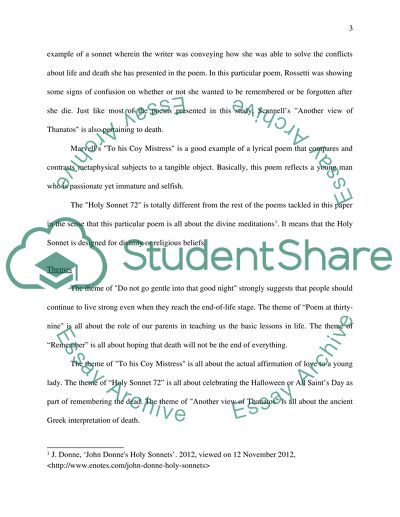Cite this document
(“Closely Examining the Language and Tones Used in Poems Coursework”, n.d.)
Retrieved from https://studentshare.org/literature/1461396-compare-the-presentations-of-and-attitudes-to
Retrieved from https://studentshare.org/literature/1461396-compare-the-presentations-of-and-attitudes-to
(Closely Examining the Language and Tones Used in Poems Coursework)
https://studentshare.org/literature/1461396-compare-the-presentations-of-and-attitudes-to.
https://studentshare.org/literature/1461396-compare-the-presentations-of-and-attitudes-to.
“Closely Examining the Language and Tones Used in Poems Coursework”, n.d. https://studentshare.org/literature/1461396-compare-the-presentations-of-and-attitudes-to.


